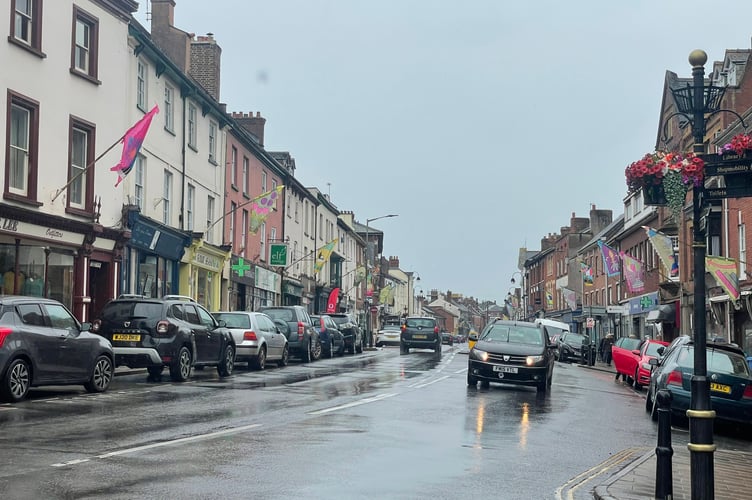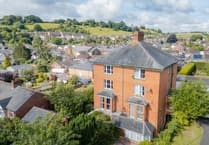New data has revealed that Mid Devon has one of the highest numbers of vacant homes in the South West.
The data, gathered through Freedom of Information requests by Admiral, shows that there are 16,900 empty homes in the South West, with a total worth of £5,000,000,000.
The research breaks down how long homes have been vacant, and ranks council areas by number of empty homes.
For houses that had been empty for between 10 or more years, Mid Devon ranked second, with 52 vacant houses and the second highest collective value, totalling £15,080,000.
Mid Devon was also the area with the third most homes that had been vacant for between five and nine years, with 45 empty houses and a total value of £13,050,000.
Looking at houses that have been vacant for between two and four years, Mid Devon ranked fourth, with 242 empty homes and a collective value of £70,180,000.
Commenting on the data, a spokesperson for Mid Devon District Council said: “In Mid Devon the rate of vacancy is at 4.2 vacant properties per 1,000 homes, some way below the GB average of 10.6.
“The Council prioritises its limited resources to deal with those properties in poor condition that are occupied and pose a serious risk to the health and safety of Mid Devon residents.
“Properties that are empty for more than 2 years have significant council tax penalties applied as a deterrent, and the Council are also able to offer the owners of empty properties low cost loans though Lendology CIC to fund repairs and bring them back into use.”
Jonathan Tan, co-founder and CEO of housing charity Greater Change, commented: “There are over 1.2 million households on the waiting list of council housing in England.
“While the data suggests that long-term empty properties could potentially accommodate up to 21 per cent of the current housing demand, it's crucial to understand that the actual percentage of habitable properties is likely significantly lower.
“Moreover, the estimated total of individuals experiencing homelessness is suspected to surpass the officially recorded statistics.
“Numerous factors contribute to properties remaining vacant long-term, rendering the full 21 per cent not necessarily feasible for social housing conversion.
“These factors may include the property being a holiday home, requiring extensive renovation, or being entangled in legal proceedings.
“Local housing allowance rates and universal credit rates have been frozen since April 2020 levels, making private renting unaffordable to those on benefits.
“We at Greater Change are actively campaigning alongside our partners, different coalitions and homelessness charities to see the benefits rates rise to protect people who are the most financially vulnerable and give them the ability to afford to live.”





Comments
This article has no comments yet. Be the first to leave a comment.